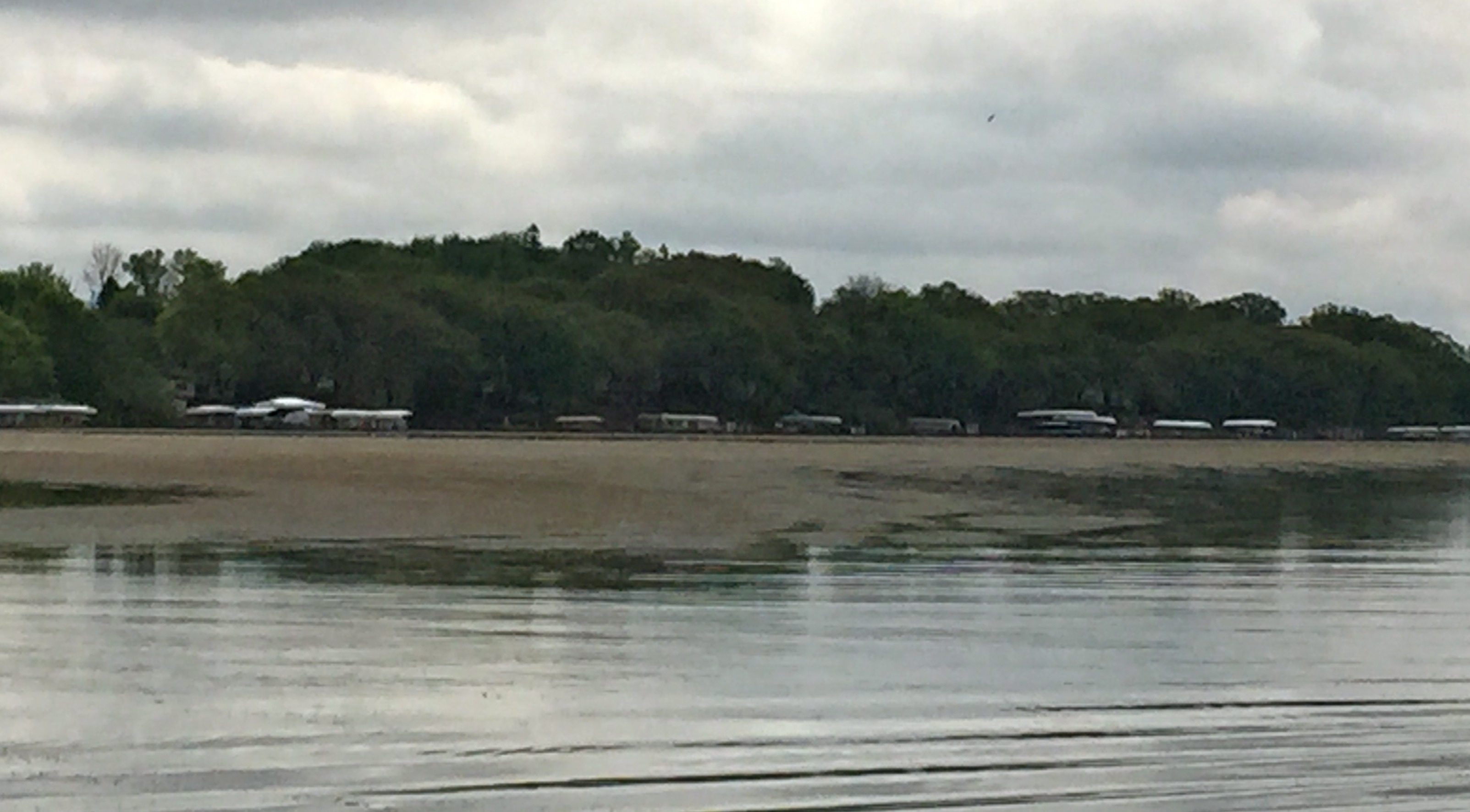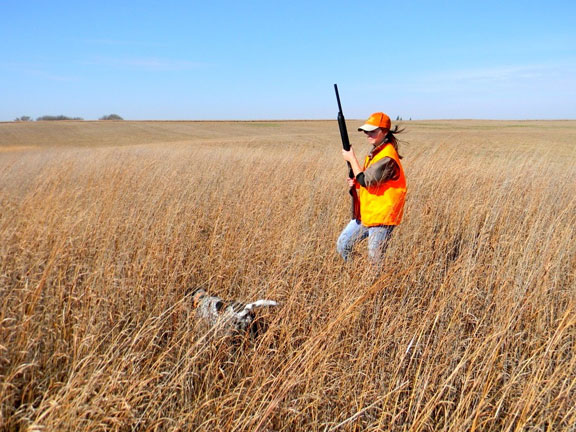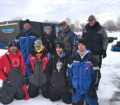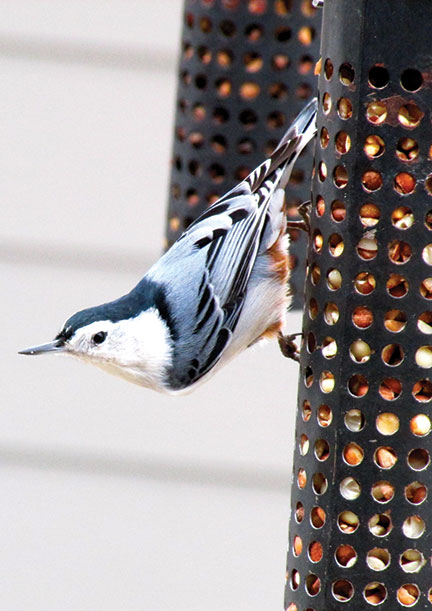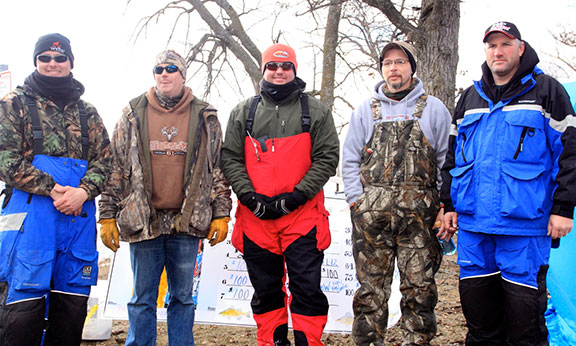By Steve Weisman
Ever since zebra mussels were discovered on the Okoboji chain in late 2012, we’ve been worried about Big Spirit Lake. There was the fear that sooner or later it would happen, and they would be found in Big Spirit.
On Thursday, May 28, Mike Hawkins, fisheries biologist at the Spirit Lake Hatchery, sent out a release confirming that zebra mussels had been found on Big Spirit. Over the past few days, Hawkins has spent a lot of time giving interviews with local media and regional media sources discussing the findings.
Here is the May 28th release…
An additional lake in the Iowa Great Lakes chain may be facing infestation from zebra mussels. A water sample taken from Big Spirit Lake last fall and recently processed by Iowa DNR personnel contained two larval zebra mussels. These larvae are only visible under a microscope.
“Even though the number is very small, finding larval zebra mussels in Big Spirit Lake indicates an adult population may be present in the lake,” said Mike Hawkins, adding, “additional sampling and time will be needed to confirm these findings.”
The impact to the Iowa Great Lakes is unclear as zebra mussels become established. Zebra mussels are filter feeders and directly compete with native species, including mussels and small fish, for food. Zebra mussels also adhere to hard objects. If densities are high enough, they can smother native mussels by attaching to their shells. Drinking water utilities and the State Fish Hatchery are also impacted since zebra mussels could attach and grow on the inside of intake pipes, potentially clogging them.
According to Hawkins, drinking water utilities in the Iowa Great Lakes region have been proactive and have been working on implementing solutions to protect their intakes and infrastructure. The Spirit Lake Fish Hatchery is also investigating options to protect its intake and facility on Big Spirit Lake. The hatchery raises northern pike, muskellunge and walleye, which are stocked throughout the state.
“Public awareness and action are keys to preventing the spread of zebra mussels and other aquatic invasive species,” said Kim Bogenschutz, Aquatic Invasive Species Program Coordinator for the Iowa DNR.
To help raise awareness of aquatic invasive species, DNR employees will be doing watercraft inspections and invasive species education at public boat ramps across Iowa throughout the summer.
“Overland transport of boats is one of the most common ways aquatic invasive species are spread,” said Bogenschutz. “By taking some simple precautions – clean, drain, dry – boaters and anglers can help stop aquatic hitchhikers.”
• CLEAN any plants, animals, or mud from your boat and equipment before leaving a waterbody.
• DRAIN water from all equipment (motor, live well, bilge, transom well, bait bucket) before leaving a waterbody.
• DRY anything that comes into contact with water (boats, trailers, equipment, boots, clothing, dogs). Before transporting to another waterbody either: Spray your boat and trailer with hot, high-pressure water; or Dry your boat and equipment for at least 5 days.
What’s next
Although I am no biologist, I care greatly for this Iowa Great Lakes area. The biologists will keep us informed, and people like Kim Bogenschutz will give us as many pointers as she can about what we can do.
From my point of view, it’s more important than ever to keep up the fight. We can’t just give up and let things go. There are many more exotics out there that can find their way to our lakes. We are a very mobile society, and people are constantly on the move as they use lakes and rivers across the country. The likelihood of this happening again is definitely high.
That’s why we need to take on this and future challenges. We need to do our job to protect what we can. Let’s all take this pledge to fight for and protect our waters!

